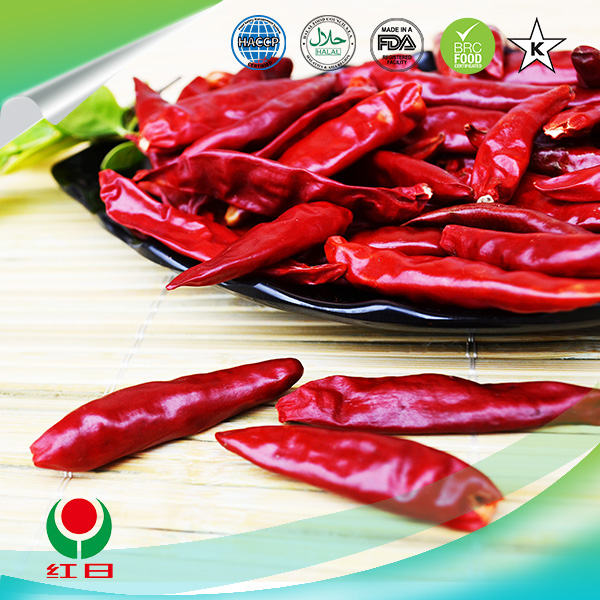- No. 268 Xianghe Street, Economic Development Zone of Xingtai city, Hebei 054001 China
- Byron@hbhongri.cn
Exploring the Spicy World of Hot Red Pepper Powder and Its Culinary Uses
The Vibrant World of Hot Red Pepper Powder
Hot red pepper powder, a staple ingredient in many kitchens around the world, particularly in regions known for their bold and spicy cuisine, is much more than just a flavor enhancer. This vibrant spice, derived from dried and ground chili peppers, offers a rich tapestry of history, culinary applications, and health benefits that make it a fascinating subject of exploration.
The History of Hot Red Pepper Powder
The journey of hot red pepper powder begins in the Americas, where the chili pepper was first cultivated thousands of years ago. Indigenous peoples valued these fiery fruits not only for their flavor but also for their medicinal properties. Following the arrival of Europeans in the New World, chili peppers made their way back to Europe and beyond, quickly becoming integral to many culinary cultures.
In India, for instance, red chili powder is commonly used in countless dishes, adding both heat and depth of flavor. In Mexico, it’s a key component in salsas and sauces, while in Thailand, it contributes to the spiciness of curries and stir-fries. As these culinary traditions evolved, so did the ways in which hot red pepper powder was used, showcasing its versatility across various cuisines.
Culinary Applications
Hot red pepper powder can range from mild to extremely hot, and its flavor profile can vary depending on the type of chili used. Varieties such as cayenne, ancho, and Thai bird’s eye all bring their unique characteristics to the table.
In cooking, this powder can be used in numerous ways. It can be sprinkled on roasted vegetables to enhance their flavor, added to marinades for meats, or incorporated into soups and stews for an extra kick. Many chefs use it to balance sweetness in dishes, such as in a chocolate mole sauce, where the heat of the pepper complements the richness of the chocolate.
Besides savory applications, red pepper powder can also spice up drinks
. For example, a dash of chili powder can add an intriguing depth to cocktails like the Bloody Mary, making it a favorite for adventurous mixologists.hot red pepper powder

Health Benefits
The health benefits of hot red pepper powder are just as impressive as its culinary uses. The primary compound responsible for its heat is capsaicin, which is known to possess numerous health properties. Research suggests that capsaicin can boost metabolism, promote weight loss, and even improve cardiovascular health by enhancing circulation.
Moreover, hot red pepper powder may provide pain relief. Capsaicin is commonly found in topical creams for pain management, as it can help to desensitize nerve endings and reduce inflammation. The spice is also rich in vitamins A and C, antioxidants that support immune function and overall health.
Cultural Significance
In many cultures, food is not just about sustenance, but also about community and tradition. Hot red pepper powder often plays a role in rituals and celebrations. For instance, in Mexico, the use of chili peppers is deeply embedded in the country’s identity, with festivals dedicated to the celebration of its rich culinary heritage.
In essence, hot red pepper powder serves as a bridge connecting people through shared flavors and experiences. Its vibrant color and bold taste can ignite conversations, tantalizing palates and warming hearts.
Conclusion
Hot red pepper powder encapsulates the essence of culinary exploration. With its rich history, versatile applications, and numerous health benefits, this spice is much more than a simple condiment. It symbolizes the beauty of cultural exchange and the joy of experimentation in the kitchen. For those daring enough to embrace its heat, hot red pepper powder offers a world of flavor waiting to be unlocked. Whether sprinkled atop a dish or blended into a complex sauce, its bright, fiery presence is sure to elevate any culinary experience.
-
Turmeric Rhizome Powder: A Golden Treasure from Roots to TableNewsJul.28,2025
-
The Versatile Application Of Crushed Red Hot Peppers: Lighting Up The Red Flames On The Dining TableNewsJul.28,2025
-
The Paprika: A Touch Of Vibrant Red In Color, Flavor, And CultureNewsJul.28,2025
-
Ground Turmeric: A Modern Examination of an Ancient SpiceNewsJul.28,2025
-
Capsicum Liquid Extract: Features, Applications, and ChallengesNewsJul.28,2025
-
Application of Capsicum Liquid Extract in FoodNewsJul.28,2025







